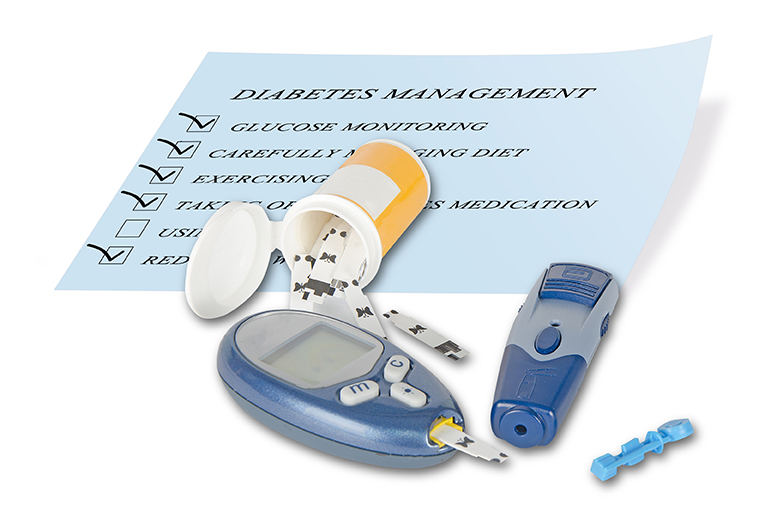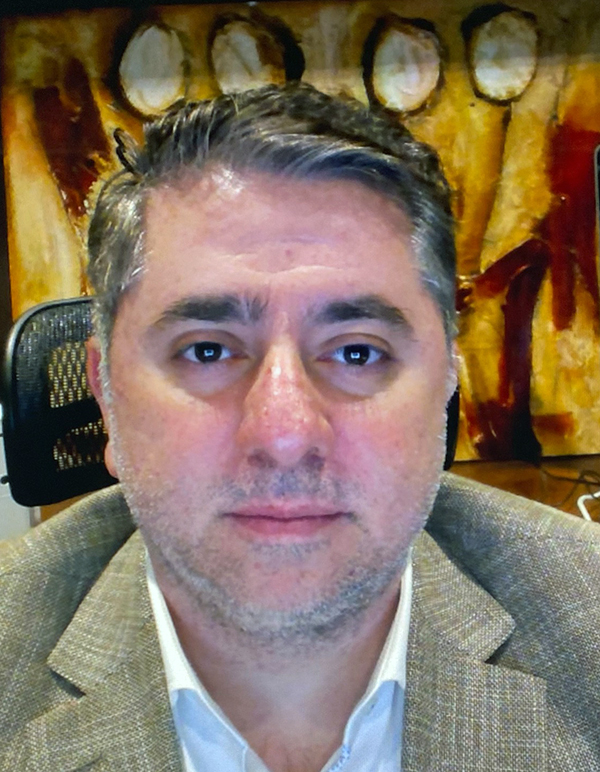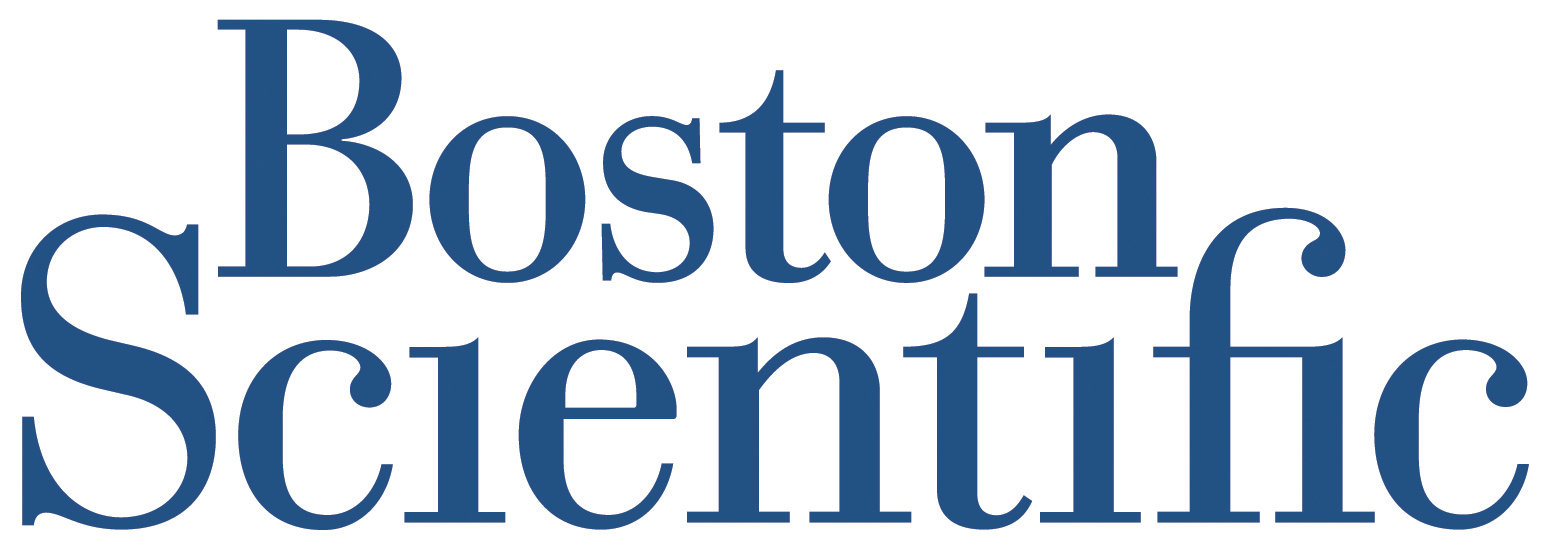

Seamless and personalized diabetes care has become a new normal.

Seamless and personalized diabetes care has become a new normal.

Quantum computing has spurred the development of new breakthroughs in life sciences from using machine learning methods to diagnose illnesses sooner to identifying materials to make more efficient devices.

In an industry fraught with constant challenges, medtech leaders need to close the growing skills gap of their employee base and develop leadership from within. The pandemic’s impact on an increasingly remote workforce has caused companies to adopt a new approach to cultivating emerging leaders.

A mere 13% of IoMT leaders believe their organization is in a good place to mitigate future risks related to cybersecurity.

Critical care hasn’t had many breakthroughs in recent years and in order to change that, I believe we need to put more of an emphasis on integrating technology—specifically artificial intelligence (AI) —into the field.

The agency created the new post within CDRH, effective January 1.

With the accelerated adoption of many new technologies, ECRI’s annual health technology hazards list has been transformed by the COVID-19 pandemic.

Data integration is doing much to enhance regulatory information management. Life sciences companies are increasingly discovering useful interdependencies between data, documents and RIM processes. The next step is to put this data to work to improve efficiency.

The deal involves an upfront cash payment of $925 million, followed by a potential $300 million commercial milestone payment.

Regardless of the reason for disposing of a medical device or other electronic equipment, the product must be destroyed in a manner in which it can never be reused or identified as coming from your organization. In addition, the resulting materials from the destruction process be disposed of in an environmentally appropriate and regulatory compliant manner.